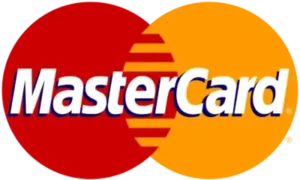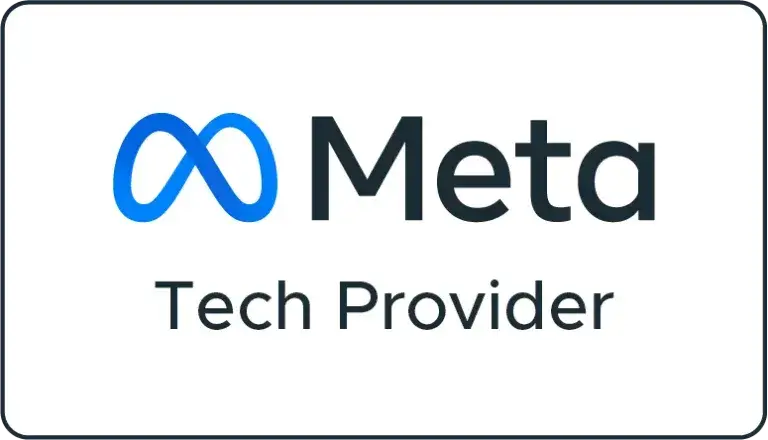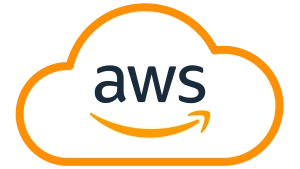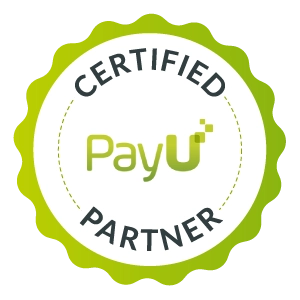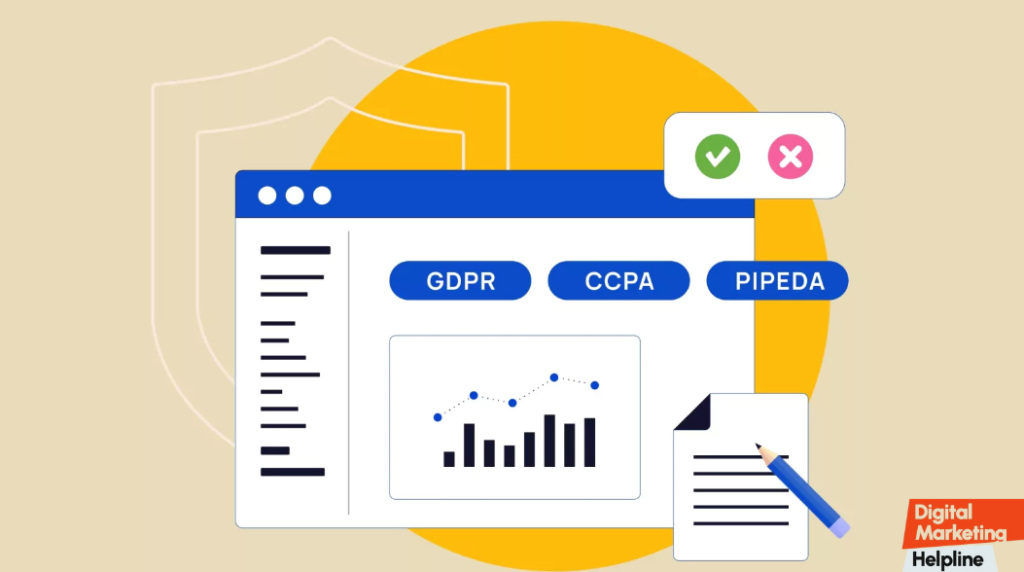
Privacy regulations are growing worldwide the GDPR in Europe to various privacy acts in the U.S. Companies are navigating new standards for data collection and usage. For marketers relying on pay-per-click (PPC) advertising, these changes bring unique challenges-particularly in gathering insights on audience behavior and campaign performance. Google Consent Mode, designed to overcome the privacy and consent barriers, has emerged as one of the essential tools that PPC marketers need to tap into. So how does it work? What are its benefits, and how can I make the best of it for privacy-conscious PPC marketing?
What is Google Consent Mode?
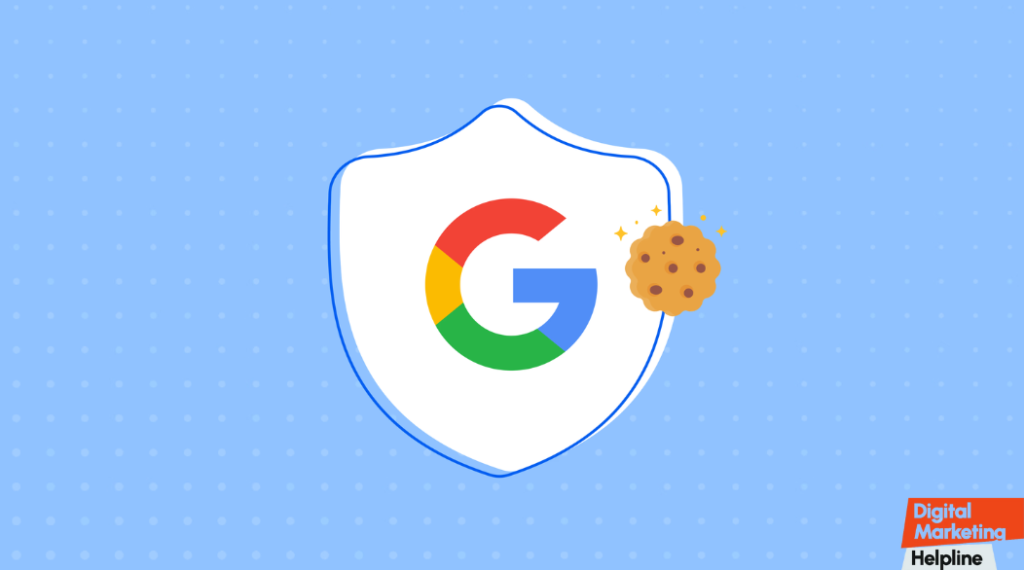
Google Consent Mode is a framework that allows websites to alter how they track users based on their consent preferences. When a visitor lands on a site, the system detects the visitor’s data-sharing choices and alters the data sent to Google Analytics, Google Ads, and other tools. Instead of gathering full tracking data, Consent Mode adjusts data collection and retention according to each user’s consent selection, thereby following privacy regulations.
There are two major settings in Consent Mode:
Ad Storage: Controls how ad-related cookies are stored and used.
Analytics Storage: Controls how analytics cookies are stored and used to measure site usage.
For users who opt out of cookie tracking, Consent Mode will still provide aggregate data insights with respect to individual privacy preferences. Instead of saving a lot of detailed data, it uses “pings” or “modifiers” to signify user actions that are not personal in nature. This helps businesses measure conversions and site usage within privacy standards.
Why Consent Mode Matters for PPC Advertising

PPC is data-dependent because it requires conversions and the retargeting of its audience as well as personalized ad serving according to interaction or preference. In a world where there are increasing data regulations and raising user awareness of privacy issues, capturing granular data and measuring conversions is a huge PPC marketer challenge.
However, Consent Mode bridges that gap by offering a modified version of data collection to deal with the gap between a proper PPC and privacy compliance:
This allows adherence to data privacy regulation while not diminishing the success of ads.
It avails actionable insights based on aggregated data which has been anonymized ensuring advertisers know their performance at the level of the individual rather than the group.
With regard to conversion tracking, the users who opt out of cookies can still be reached so marketers can estimate a conversion volume and make data-informed changes.
Advantages Google Consent Mode in PPC
Consent Mode offers several benefits that keep marketers on their competitive edge even in a privacy-first environment. Some of the key benefits include the following:
1. Data Collection Compliance
Consent Mode ensures compliance with global data privacy regulations with sites adapting data collection to each individual’s consent. This prevents probable legal issues, fines, or damage to brand image as perceived as non-transparent.
2. Improved Conversion Tracking
With traditional PPC tracking, data on conversions may not be complete as users decline cookies. The Consent Mode answers this by using conversion modeling to estimate the conversion data of users who do not give consent. Google fills the gaps in the data, offering marketers a more detailed overview of their PPC performance despite lower cookie tracking.
3. Increased User Trust
Nowadays, more consumers are concerned with rights to privacy and like those businesses that respect their decisions. Brands can earn the trust of people by transparently respecting choices on consent preferences and, at the same time, measuring campaign results using Consent Mode. This will build a better experience for the user and lead to a higher level of customer loyalty.
4. Optimized Ad Spend
Conversion modeling and aggregated insights from Consent Mode enable marketers to better allocate budgets. The estimated conversions and user behavior at the aggregate level allow brands to optimize ad spend and make data-driven decisions about their PPC strategy, thereby reducing wasted spend on ineffective campaigns.
5. Cross-Platform Flexibility
It would work in conjunction with other Google offerings, including Google Analytics, Google Ads, and Google Tag Manager, and therefore enables brands to keep all tracking efforts homogeneous across different mediums. These same uniform efforts would then easily allow for tracking, and the information itself would be far more accurate regarding campaigns.
Enabling Google Consent Mode in PPC Campaigns
To integrate Google Consent Mode into your PPC strategy effectively, you must optimize for both compliance and performance. To accomplish this, follow these steps:
Step 1: Update Your CMP
Consent Mode integrates with a CMP, which captures and holds the consent of users. In case your website uses a CMP to meet the compliances of GDPR or CCPA, ensure that it works in combination with Google Consent Mode. Then, configure it to share consent signals with the Google tags. Making your CMP work with Consent Mode will automatically modify data in accordance with user preferences.
Step 2: Google Tag Manager and Setup of Consent Mode
Google Tag Manager (GTM) makes it easy to set up Consent Mode. You will first add and manage tags on your website with GTM. You can install Google’s Consent Mode script on your site, where you can manage cookie behavior based on user consent. With GTM and Consent Mode, you can also apply data collection tailored to your needs, with minimal code changes.
Step 3: Turn on Conversion Tracking and Modeling
While in Consent Mode, make sure you have conversion tracking switched on either through Google Ads or Google Analytics. The algorithms of Google will now be able to model conversions for those users opting out of cookies and you will get the data in terms of estimated volume for conversion. Conversion modeling increases the probability of measuring your performance without compromising with the user’s privacy.
Step 4: Use Consent Data to Review and Make Adjustments in PPC Campaigns
Data in Consent Mode will be different from regular tracking results, especially if the majority of users reject cookies. The PPC performance should be checked periodically, modeled conversions reviewed, and campaigns adjusted according to these findings. Conversion trends need to be closely monitored so that ads, targeting, or budgets can be modified to maximize ROI without causing a breach of user privacy.
How to Maximize PPC Performance with Google Consent Mode: Top Strategies
While Consent Mode saves data collection in the privacy-conscious world, there are other tactics through which maximum benefit can be drawn from PPC campaigns while tracking is minimized.
1. Audience Segmentation and Retargeting
Divide the audience into opt-ins and opt-outs, then start strategizing on what works for each. For those who have opted in, it is personalized retargeting, while for those who have opted out, the communication will be generalized but as relevant as possible by drawing from aggregated data. Engagement will be higher for varied user groups.
2. Leverage First-Party Data
You collect first-party data, such as emails from customers and CRM-based data, which is essentially gold and privacy-compliant. Leverage this data within your PPC strategy to deliver personalized campaigns to existing leads or customers, and let Consent Mode insights reveal those segments’ conversion without your actually needing cookies.
3. Optimize Ad Copy and Landing Pages
With a privacy-first world, first-click conversions now matter so much more. Improve your ad copy and landing pages to better connect with users right away, reducing retargeting needs. When the journey of user’s data is limited, powerful messaging and a strong call-to-action can help fill the gap.
4. Track metrics beyond conversions
To extend the measurement of PPC performance, track engagement metrics such as bounce rates, average session duration, and click-through rates. These are indicators of user behavior not necessarily requiring detailed personal data, which means you can fine-tune your campaigns to better engage with your target audiences.
5. Stay on Top of the Latest Privacy Trends and Google Developments
Privacy standards and PPC tools evolve. Stay up to date on privacy-related laws as well as changes to Google’s Consent Mode to continue to run compliant and impactful campaigns. Keeping an eye out for these changes allows you to quickly make changes to your PPC strategies.
Conclusion:
The change in a largely privacy-focused world means navigating PPC marketing requires adaptability, keen awareness of regulations, and a focus on respecting user preferences. One effective solution is Google Consent Mode, which helps marketers balance the need for data-driven insights with respect for user preferences. Businesses can continue to thrive in a privacy-led environment by implementing Consent Mode and optimizing their campaigns for limited data.
Marketers embracing these changes protect the reputation of their brand, but they also secure long-term loyalty from those customers. Under increasing regulatory pressure on privacy, Consent Mode has just begun for PPC marketers truly concerned about privacy. With the right strategy on board, marketers can continue to deliver robust results with respect for user privacy, creating challenges and opportunities in 2024 and more.
FAQs
1. What is Google Consent Mode, and how does it impact PPC advertising?
Google Consent Mode is a tool that adapts data collection based on user consent preferences, allowing businesses to gather insights without compromising user privacy. It enables PPC campaigns to track conversions and measure performance even when users decline cookie tracking.
2. Can Google Consent Mode help track conversions without cookies?
Yes, Google Consent Mode uses conversion modeling to estimate conversions for users who opt out of cookies. This ensures PPC campaigns still receive performance data without relying on personal user information.
3. Do I need a consent management platform (CMP) to use Google Consent Mode?
Yes, a CMP is essential as it captures user consent on your site. It should be compatible with Google Consent Mode to pass consent signals for adjusting data collection automatically.
4. How does Consent Mode affect retargeting in PPC?
With Consent Mode, retargeting can be tailored based on users’ consent. For those who consent to cookies, personalized ads can be used, while general ads are shown to users who decline, enhancing privacy-respectful retargeting.
5. Can I use Consent Mode with Google Analytics and Google Ads together?
Absolutely. Consent Mode integrates with both Google Analytics and Google Ads, allowing marketers to track PPC performance and conversions seamlessly across platforms while respecting user privacy choices.


